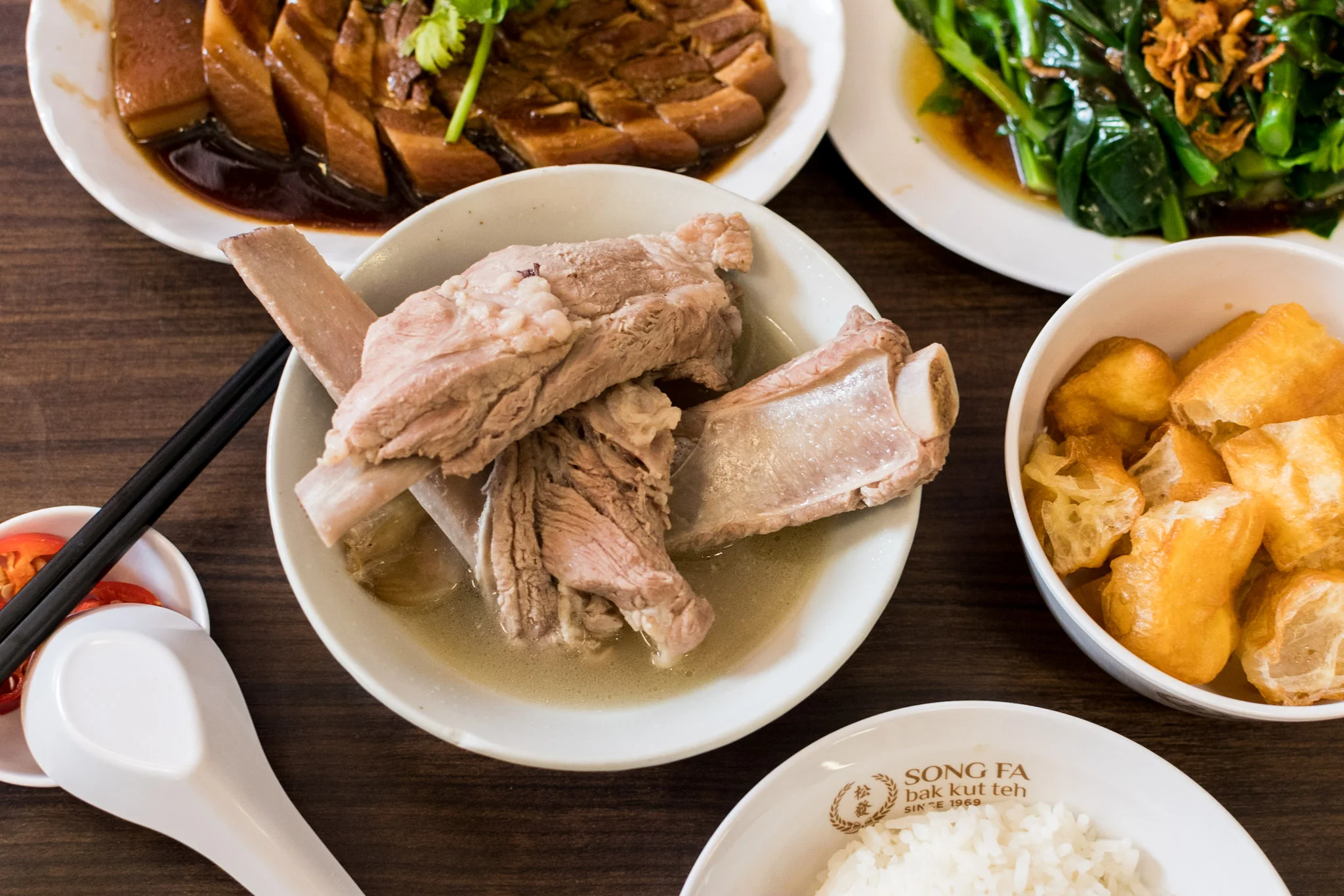Optimising Photo Editing and Publishing Workflow with JPEGmini - Standalone and Lightroom Integration
As a travel writer who is always on the go, I find myself struggling with large image file sizes from the photos that I take for my extensive hotel reviews as well as trip reports in premium cabins. While I do like the images that I get with my trusty DSLR, editing them and publishing articles on the go have not been an easy journey (especially when visiting smaller cities with less-robust infrastructure). One of the applications that I use quite extensively is JPEGmini which is a patent-pending photo recompression technology that significantly reduces the size of images (up to 80%) without affecting the perceptual quality.
I organise and edit most of my images on Adobe Lightroom and it has been a great platform that allows me to quickly find the images I want, tweak them and export them in a timely fashion. However, with that being said, one of the challenges that I face is with the file size of the exports. While this is not a persistent problem throughout, I do sometimes face some difficulties with publishing since not all hotels offer impressive WiFi speeds - the sheer file size of these images have an adverse effect on the speed in which I get these articles out. To be perfectly candid, I do not quite have a problem like that when I am working from my own apartment but this is definitely a struggle in less-developed cities and in hotels that have a limited bandwidth each day (even on a recent trip to Auckland!).
To help improve my workflow efficiency, I chanced upon JPEGmini one day and realised that it could potentially reduce the file size of my images by up to 80% (without any reduction in perceptual quality). In fact, the JPEGmini Lightroom Plug-in made the whole process seamless. This translates into me being able to upload my images at a faster rate, publish more in a given time frame and more importantly, it allows my website to load faster so readers like you can enjoy the articles without much downtime.
Since I also cover relevant deals on credit cards, hotel promotions and attractive airfares, having a standalone app was equally important since it allows me to quickly optimise press images and relevant promotional materials so I can publish faster. JPEGmini allows me to drop multiple photos into the app, batch resize them and overwrite the original images (can be toggled off if desired) so I can quickly access them and get my articles out in no time. There are two packages with JPEGmini - the JPEGmini Pro App (USD 59) allows you to download and install the application on up to three devices. I personally work a lot on my MacBook Pro but I also own a Windows laptop for my work in a management consultancy so being able to install it on both machines (without having to purchase a separate license) meant a lot to me. If like me, you require the Adobe Lightroom and Photoshop Plug-ins (which truly help to streamline your image editing workflow), the JPEGmini Pro Suite (USD 89) actually comes with the plug-ins as well as the stand-alone app which you can install on up to three machines.
Over the years JPEGmini has evolved to support even new cameras and higher image resolution (up to 128 megapixels). Traveling with JPEGmini means being able to work off the SSD in my MacBook Pro without the need to carry an external hard disk which is sometimes cumbersome. Sure, there is always the option of cloud storage and syncing but that truly slows down the workflow which I have been trying to avoid from the start. Honestly, the JPEGmini Pro Suite at USD 89 is truly a steal and if you require an enterprise-class Linux product that can help you optimise your images. the JPEGmini Server can lower your storage and bandwidth costs over time.






As a travel writer who is always on the go, I find myself struggling with large image file sizes from the photos that I take for my extensive hotel reviews as well as trip reports in premium cabins. While I do like the images that I get with my trusty DSLR, editing them and publishing articles on the go have not been an easy journey (especially when visiting smaller cities with less-robust infrastructure). One of the applications that I use quite extensively is JPEGmini which is a patent-pending photo recompression technology that significantly reduces the size of images (up to 80%) without affecting the perceptual quality.